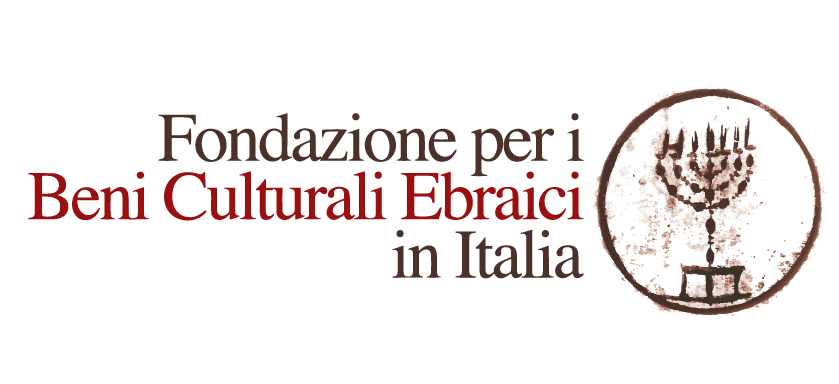It was the night between 25 and 26 January 1904 when a fire broke out at the National University Library in Turin. Around half of the Hebrew codes of law held at the library were destroyed, along with a vast number of other books archived in the various sections. A huge cultural legacy went up in smoke, and even many of the works which survived required care and restoration work to preserve them, which continued for over a century. Several items regained new life over the years. These include a remarkable dual-language work (in Hebrew and Italian) named Divina corona di Savoia (“Divine Crown of Savoy”). Dedicated by the Piedmontese Jew Diodato Segre to Charles Emmanuel I of Savoy, known by his subjects as “Fiery head”, it dates from 1622 and has been the focus of a thorough research project carried out by the archivist Chiara Pilocane. Her work has been published thanks to the commitment of the Foundation for Jewish Cultural Heritage in Italy (which set up a study bursary), under the title “Nezer ha-qodesh mi-Savoia, che vuol dire Divina Corona di Savoia” (Rassegna Mensile di Israel, Giuntina).
The work was presented yesterday at the Bibliographic Centre of the Union of Italian Jewish Communities, with the participation of Dario Disegni, President of the Foundation for Jewish Cultural Heritage in Italy; Rossana Rummo, General Director for Libraries, Cultural Institutes and Copyright, MiBACT; Andrea De Pasquale, Director of the Turin National University Library; Giacomo Saban, formerly Editor-in-Chief of Rassegna Mensile di Israel; Micaela Procaccia, Head of the Conservation and Protection Service of the Archives General Directorship, MiBACT.
In his opening remarks, Disegni explained, “There is a great sense of satisfaction in the publication of this work, which is the result of a renewed commitment to culture and the conservation of Jewish heritage which the Foundation upholds. Numerous challenges and commitments await us, starting with the work of updating and digitalizing; two research posts have been set up for this purpose”.
The various projects in the pipeline include an exhibition to mark the fiftieth anniversary of the Florence flood, while an antique Sefer Torah is currently being restored in Biella. Lastly, Disegni expressed his gratitude for Rummo’s presence at the conference (“We are honoured by her presence”).
And it was Rummo herself who developed and contextualized the relationship that has developed over time between the ministry (in other words the State), and the Foundation. “This partnership is producing results, and must be strengthened with more new projects. Indeed, Jewish culture is a key part of our work”, Rummo explained. “A prime example is Professor Perani’s discovery in Bologna. Together we must find a way to protect and promote this important legacy as best we can”.
The scenario described by De Pasquale was extremely evocative, as he referred to the milestones in the life of the library and the interest it has always shown over the centuries on the themes of Jewish culture and Hebrew studies. That interest has now taken shape, said De Pasquale, “with our participation in the Europe-wide project Judaica Europeana”.
The talks given by Saban and Procaccia went into greater detail about the work of Pilocane. They personally accompanied and guided the scholar during her research. “A painstaking effort, line by line, carried out with particular care and awareness for every quote and every single biblical passage”, praised Saban. The former editor-in-chief of the Rassegna Mensile di Israel went on to focus on the figure of Diodato Segre, a cultured man who also had a marked ambition to enter the elite surrounding the House of Savoy.
Procaccia continued, “Diodato Segre was very well acquainted with the literature of his time, and with the text of the Bible. He was also conscious of rabbinical commentaries, particularly Rashì, mentioned several times, and had an “ear” for cabbalistic culture. He was a Jew with a medium to high level of education, who developed a particular interest in the cultural tendencies of his day”.
It was then the turn of the author herself, who described her studies as “fun” and “enthralling”. Pilocane explained that one of the most remarkable characteristics was the fact that the text she studied is at present the oldest surviving encomiastic composition for a member of the House of Savoy. “I am not surprised that it was made for Charles Albert, who was one of the first of his time to encourage Hebrew studies”.
Adam Smulevich twitter @asmulevichmoked (20 February 2014)




